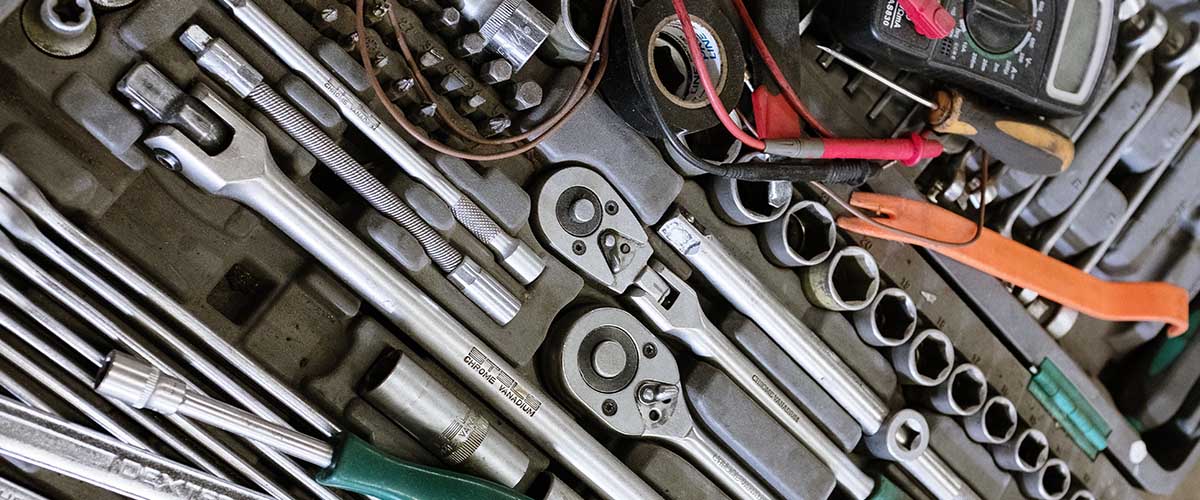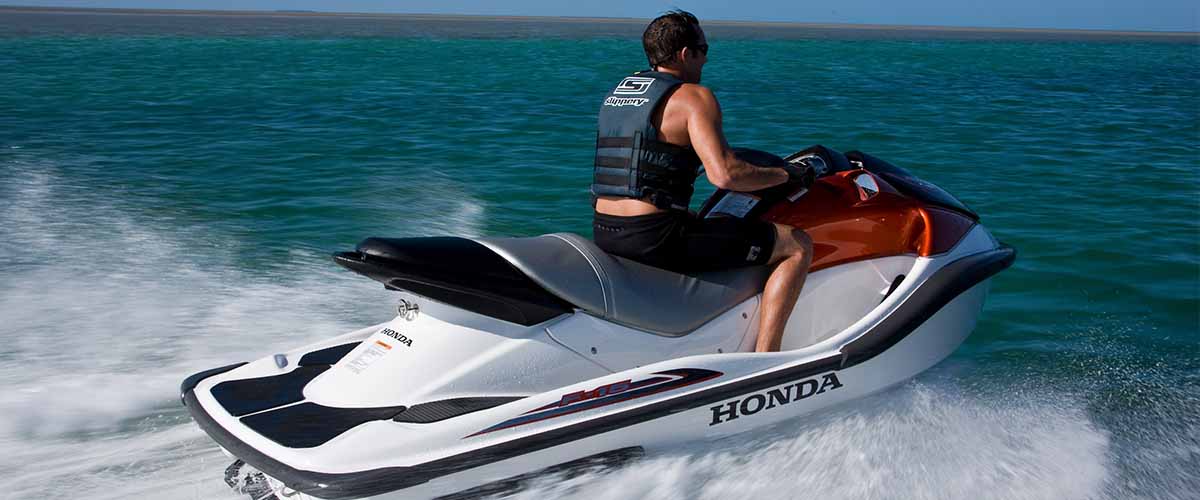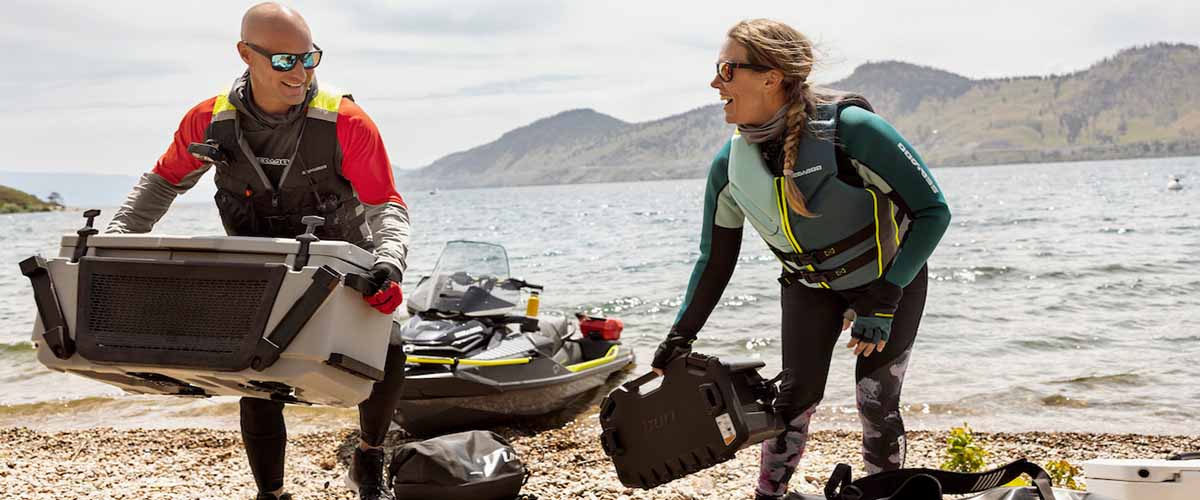How to Rebuild or Adjust a Jet Ski Carburetor [Video Guide]
How do you rebuild or adjust a jet ski carburetor? – we get this question a lot.
When it comes to 2-stroke jet skis, it’s safe to say that they require more care and attention.
If you have a 2-stroke jet ski and it needs some “carb work” this post is for you.
We at JetDrift have compiled everything you need to know about jet ski carburetors under one roof, so that you can learn how to clean, rebuild, and/or adjust your jet ski’s carburetor.
For your convenience, this post also includes the best tutorial videos available on this topic.
Without further ado, let’s drill deeper into the topic!
Do Jet Skis Have Carburetors?
Yes, jet skis have carburetors but only those powered by a 2-stroke engine. In fact, all 4-stroke jet skis feature a fuel injection system, while vintage 2-stroke jet skis were manufactured with carburetors as well as fuel injected engines. Keep in mind that new sit-down jet skis come solely with 4-stroke power sources, while stand-up jet skis are typically powered with 2-stroke engines.
When Did Jet Skis Become Fuel Injected?
Jet skis became fuel injected from the early 2000s. Before that, every jet ski featured carburetors and was powered with a 2-stroke engine. Surprisingly, the first fuel-injected jet skis were 2-strokes, making these models more fuel-efficient and less polluting. In the middle of the decade, fuel-injected 4-stroke jet skis started becoming more prevalent due to the EPA’s environmental restrictions.
How Does a Jet Ski Carburetor Work?
A jet ski carburetor works just like any conventional 2-stroke carburetor. These precision parts are designed to mix air and gas in the appropriate ratio before feeding the engine with the mixture.
Simply put, jet ski carburetors have a big air pipe with a narrow section in the middle. The air sucked into the carburetor will speed up in this middle section while dropping in pressure.
The decreasing pressure creates a vacuum that draws a small amount of gas into the throat of the carburetor. Finally, this mixture of air and gas is sucked into the engine.
If you want to learn more about how a jet ski carburetor works, we can recommend this informative video:
How Do You Adjust a Jet Ski Carburetor?
You can adjust a jet ski carburetor with a flat screwdriver. The best way to do this is by moving the whole craft into the water for proper testing. Then make your adjustments in the following order:
- Low speed adjuster
2. Pop-off pressure
3. Low speed jet
4. High speed jet
5. High speed adjuster
Please note that adjusting a jet ski carburetor can be tricky and will need some practice, especially since the carburetor design may vary depending on the model.
For your convenience we’ve compiled the best tutorial videos available:
Don’t forget that the right carburetor setup on a jet ski is the key to optimal performance and proper engine lubrication. If you feel your jet ski is bogging down, always check and reset the carb if needed.
You can also make a good use of this step by step guide here on how to adjust a Sea-Doo carburetor.
How Do you Rebuild a Jet Ski Carburetor?
To rebuild a jet ski carburetor, you will need a complete jet ski carburetor rebuild kit. These kits are available for many jet ski models and contain all of the parts you will need. These are typically the rubber parts like the gaskets and the diaphragm, but sometimes the needle valve and the seat are also included in the package. Rebuilding a jet ski carburetor means you have to remove it from the engine, clean the internals and replace all the necessary parts.
Keep in mind that a separate kit is usually required for each carburetor, but you can also find dual carb rebuild kits on the market.
It’s also recommended that you carefully check the diagram that comes with the kit. Every kit is unique and can only be used for a certain type of carburetor.
Don’t forget to check all of this carefully before making your purchase!
The good news is that many of these kits contain the necessary hardware that you will need to disassemble and rebuild the carburetor.
If you are considering doing this yourself, these step-by-step tutorials on how to rebuild a jet ski carburetor may be helpful:
Unfortunately, jet ski carburetor rebuild kits are not available for every vintage model, especially not for the oldest ones.
Difficulties with the parts supply is the main disadvantage of vintage 2-stroke jet skis.
Why Does a Jet Ski Carburetor Need to be Rebuilt?
You may be wondering why a jet ski carburetor would need to be rebuilt. The three main reasons have to do with aging, improper winter storage, and ethanol in the gas.
If you store your jet ski without using a fuel stabilizer during the winter months, it can cause several carb malfunctions when spring arrives.
To prevent these issues, pour the right amount of fuel stabilizer into the tank when you winterize your jet ski. Don’t forget to run the engine so that the stabilized fuel reaches the carburetor and the entire fuel line.
Another problem is ethanol in the gasoline, as it can damage the plastic and rubber parts in the carburetor. Additionally, these parts are also prone to aging over the years.
That’s why professionals recommend that you rebuild your jet ski’s carburetor on a regular basis.
How Much Does a Carburetor Rebuild Cost on a Jet Ski?
It costs around $15-$100 to rebuild a jet ski carburetor, if you do the work yourself. The prices of the rebuild kits vary widely depending on the model and the contents of the kit. If you want to get it done by a mechanic, you will have to take your jet ski to a service shop. Another solution would be to remove the carburetor and send it to a professional. Notice that these solutions would likely cost you around $200-$400.
If you’ve decided to rebuild your jet ski’s carburetor yourself, it would be best to stick to OEM rebuild kits. Aftermarket kits can lead to many malfunctions or even engine damage!
The simplest kits contain just the internal gaskets and diaphragm(s) and costs around $15-$25 per carb.
If you have a dual carburetor or want to replace more parts be prepared to pay up to $100 for an extended rebuild kit. These usually contain the following parts:
– Internal gaskets
– Diaphragms
– Fuel filters
– O-Rings
-Check valves
– Needles/seats
– Base gaskets
How Do you Clean the Carburetor on a Jet Ski?
To clean the carburetor on a jet ski you have to first remove the air filter. Then remove the throttle and choke linkages along with the hoses. Finally, take out the bolts and remove the carburetor from the engine. Once you’ve removed the carburetor, disassemble it, and clean the metal parts with a carb cleaner spray. Never use carb cleaner on the rubber parts or even near them!
Also, don’t use any metal tools to clean the carb internals, as you could easily damage these sensitive parts.
Don’t forget that there is a little fuel filter in many carburetors. This usually gets clogged over time and needs to be cleaned out.
It’s also good to know that on many vintage jet skis the fuel lines can go bad over time and clog the carburetor. If your jet ski has the original fuel lines, you may want to replace them as well for safety.
As the final step, don’t forget to do a pop-off test on the carb before you reinstall it:
How Do You Prime a Jet Ski?
Priming a jet ski means pumping or forcing fuel into the fuel lines and carb. This is usually necessary after being serviced or if the jet ski ran out of fuel. To prime a jet ski, you have to remove the return fuel line from your carb. Then, blow air into this hose to generate pressure in the tank. Finally, this pressure will force the fuel into the fuel lines and the carburetor.
You have to wait until the fuel starts to run out of the carb.
Another solution is to install a jet ski primer kit, which makes the process much easier.
Conclusion
In the past, all jet skis were manufactured with carburetors.
The first fuel-injected 2-stroke jet skis appeared on the market in 2000, but from 2006 on the majority of jet skis came with fuel-injected, 4-stroke engines.
Unfortunately, vintage 2-stroke jet skis require a lot of “carb work,” which means you have to adjust, clean, and even rebuild their carburetors many times.
Rebuilding a jet ski carburetor simply requires that you disassemble it first. Then clean the metal parts and replace the gaskets and the diaphragm. As an option, you can consider replacing other parts as well like the needle and seat.
These are usually available in one kit, along with the necessary tools and instructions. This means that if you want to rebuild your jet ski’s carb yourself it will cost you only $20-$50. Make sure to purchase the right OEM kit to fit your carb as aftermarket kits do more harm than good.
If you plan on getting it done by a mechanic, be prepared to pay around $200-$400.
Finally, it depends on the make of your jet ski and whether it has a single or twin carburetors.
If you have carb issues, in many cases you just have to adjust or clean the carburetor. To do this, use only a carb cleaner spray to clean the metal parts, but never apply it on the rubber parts or even around them!
As the last step, you have to prime your jet ski, which means forcing gas into the carb and the entire fuel line.
DISCOVER 2024 PWC MODELS Kawasaki, Sea-Doo, Yamaha, Krash…








